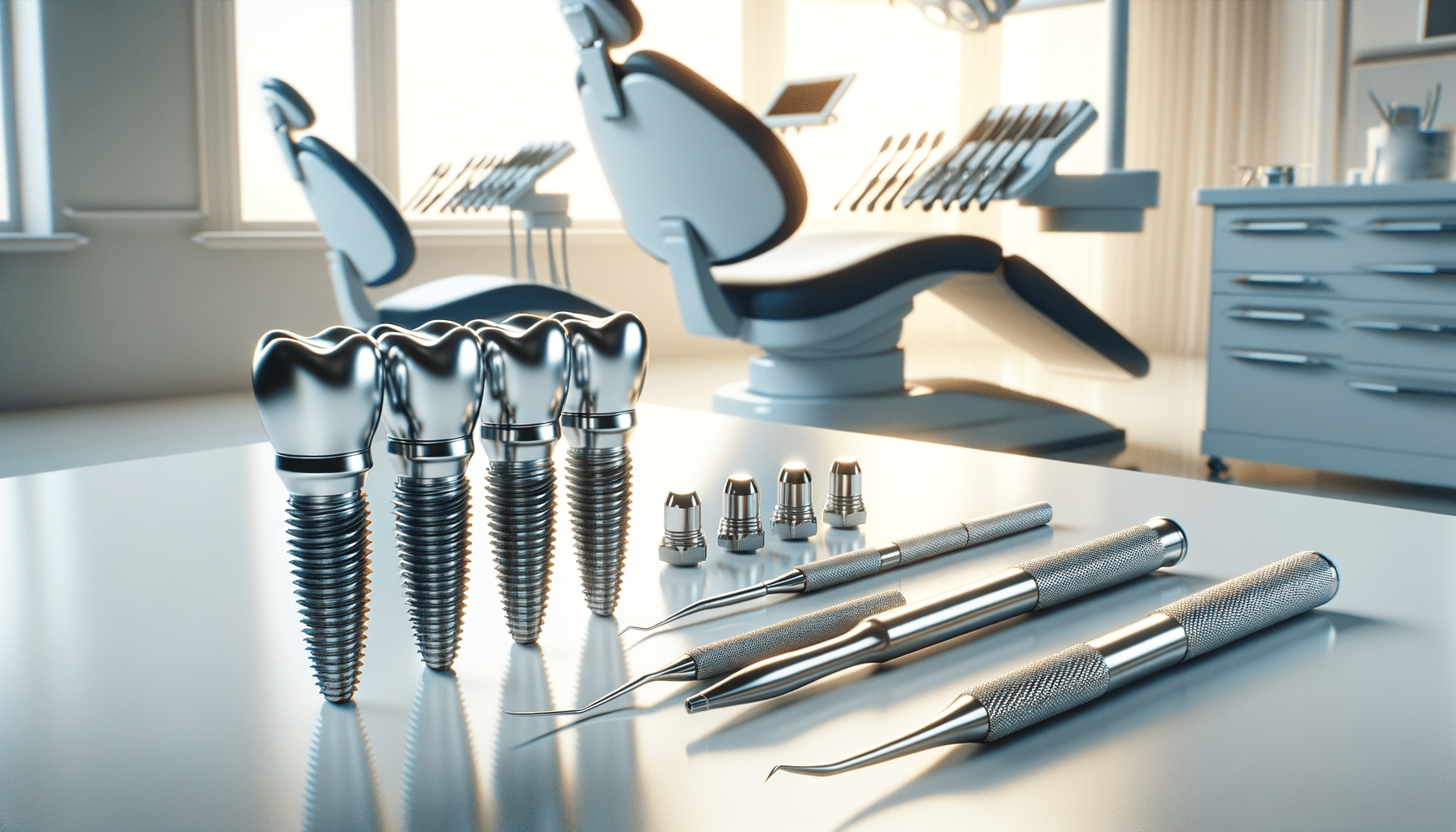
A Guide to Screwless Dental Implants: Benefits and Cost Expectations
Introduction: Understanding the Shift to Screwless Dental Implants
Dental implants have revolutionized the field of dentistry, offering a permanent solution to tooth loss. Among the various types available, screwless dental implants have garnered attention for their innovative approach and benefits. This article delves into the cost expectations and advantages of screwless dental implants, providing valuable insights for those considering this option.
The Evolution of Dental Implants: A Brief Overview
The journey of dental implants began in the mid-20th century, with the traditional screw-based implants dominating the scene for decades. These implants typically involve a titanium screw inserted into the jawbone, which acts as an artificial root. While effective, the procedure can be invasive, requiring significant healing time.
Screwless dental implants emerged as a response to the need for less invasive alternatives. By eliminating the need for screws, these implants reduce the complexity of the procedure and can offer a quicker recovery. This innovation is particularly beneficial for patients with limited bone density, as it minimizes the stress on the jawbone.
As the dental industry continues to evolve, screwless implants are gaining traction for their efficiency and patient-friendly approach. Understanding their development helps in appreciating their current role in dental care.
Cost Expectations for Screwless Dental Implants
When considering screwless dental implants, cost is a significant factor for many patients. While prices can vary based on several factors, understanding the general cost expectations can aid in financial planning.
Screwless dental implants tend to be slightly more expensive than traditional screw-based options. This is due to the advanced technology and materials used in their design. On average, the cost can range from $3,000 to $5,000 per tooth, depending on the complexity of the case and the dental practice’s location.
Several factors influence the cost of screwless dental implants:
- Geographic Location: Dental costs can vary significantly between regions, with urban areas often having higher prices.
- Dental Professional’s Expertise: Highly experienced professionals may charge more for their services, reflecting their skill and expertise.
- Additional Procedures: Some patients may require preparatory treatments, such as bone grafting, which can increase overall costs.
By understanding these variables, patients can better anticipate the financial commitment involved in opting for screwless dental implants.
Comparing Screwless and Traditional Dental Implants
Choosing between screwless and traditional dental implants requires a thorough understanding of their differences. While both serve the same purpose, their methodologies and outcomes can differ.
Screwless Implants:
- Less invasive procedure, beneficial for patients with limited bone density.
- Potentially shorter recovery time due to reduced trauma to the jawbone.
- Advanced technology often leads to higher costs.
Traditional Screw-Based Implants:
- Widely available and have a long track record of success.
- May require more extensive surgical procedures and healing time.
- Typically more affordable than screwless options.
Ultimately, the choice between these options depends on individual needs, preferences, and budget. Consulting with a dental professional can provide personalized recommendations.
Conclusion: Making an Informed Decision
Screwless dental implants represent a significant advancement in dental technology, offering a less invasive and efficient solution for tooth replacement. While the costs may be higher than traditional options, the benefits can outweigh the expense for many patients.
When considering screwless dental implants, it’s crucial to weigh the pros and cons and consult with a qualified dental professional. By understanding the cost expectations and the unique benefits of screwless implants, patients can make informed decisions that align with their dental health goals.
As the field of dental implants continues to evolve, staying informed about emerging technologies and treatment options will empower patients to choose the most suitable solutions for their needs.


